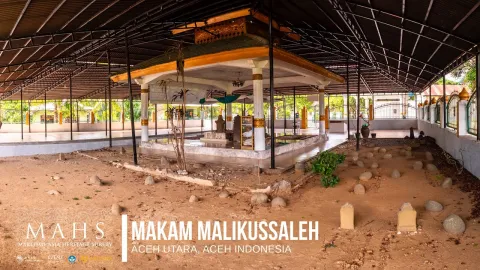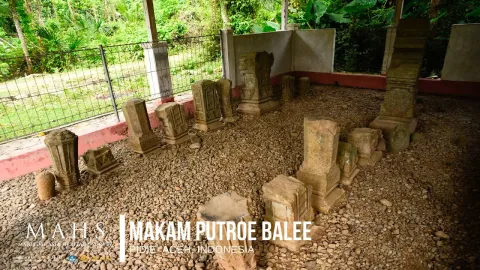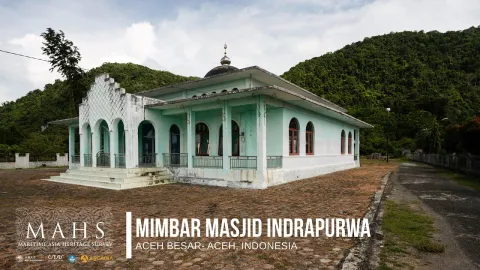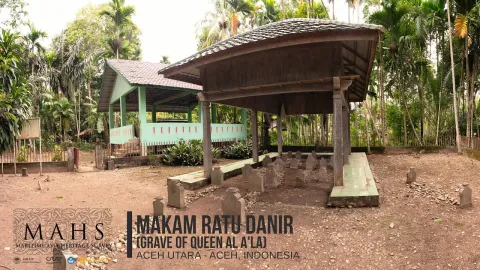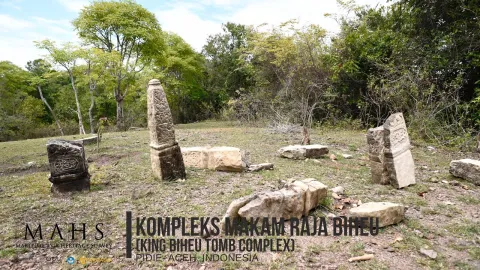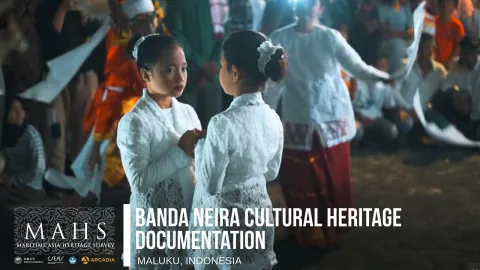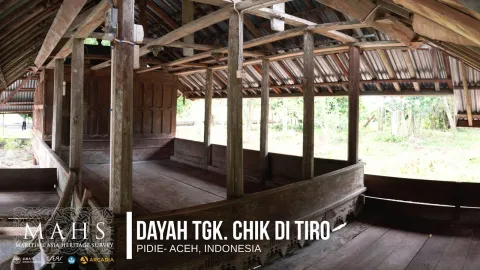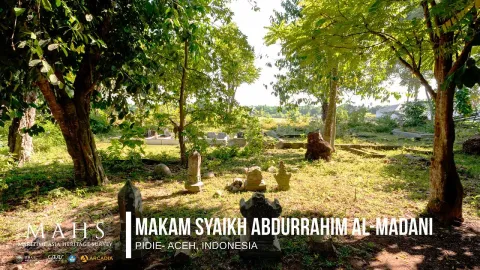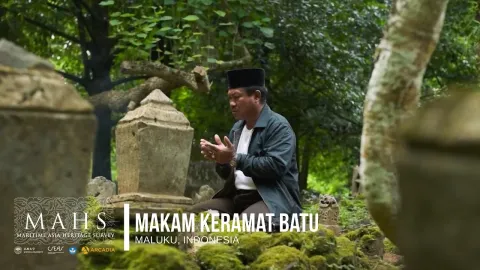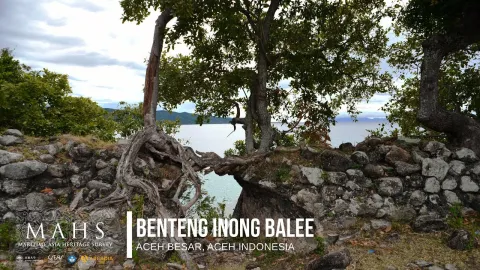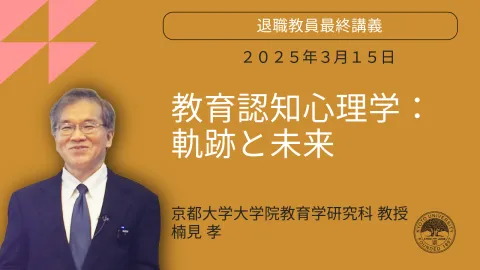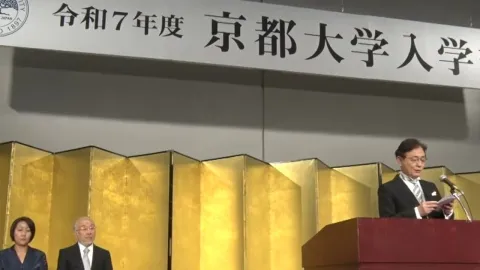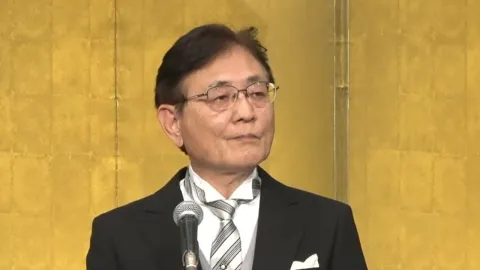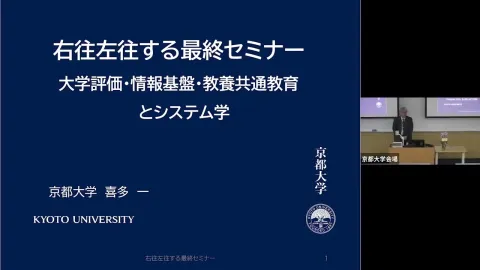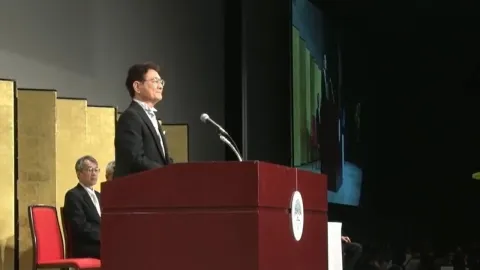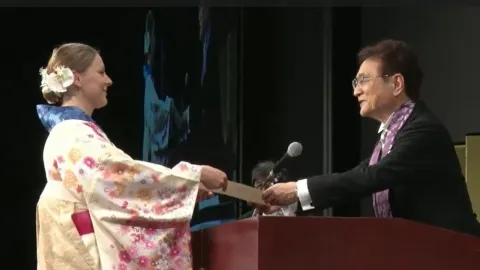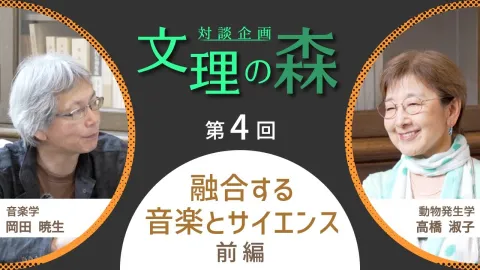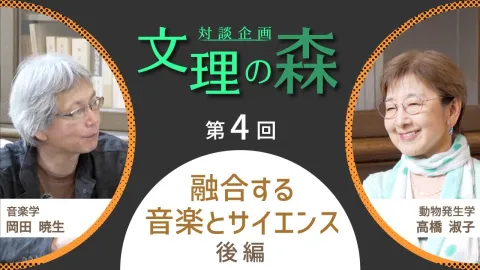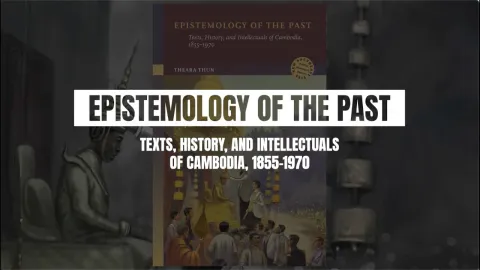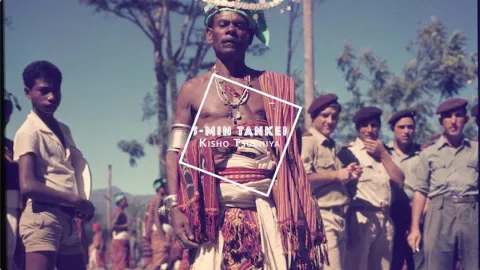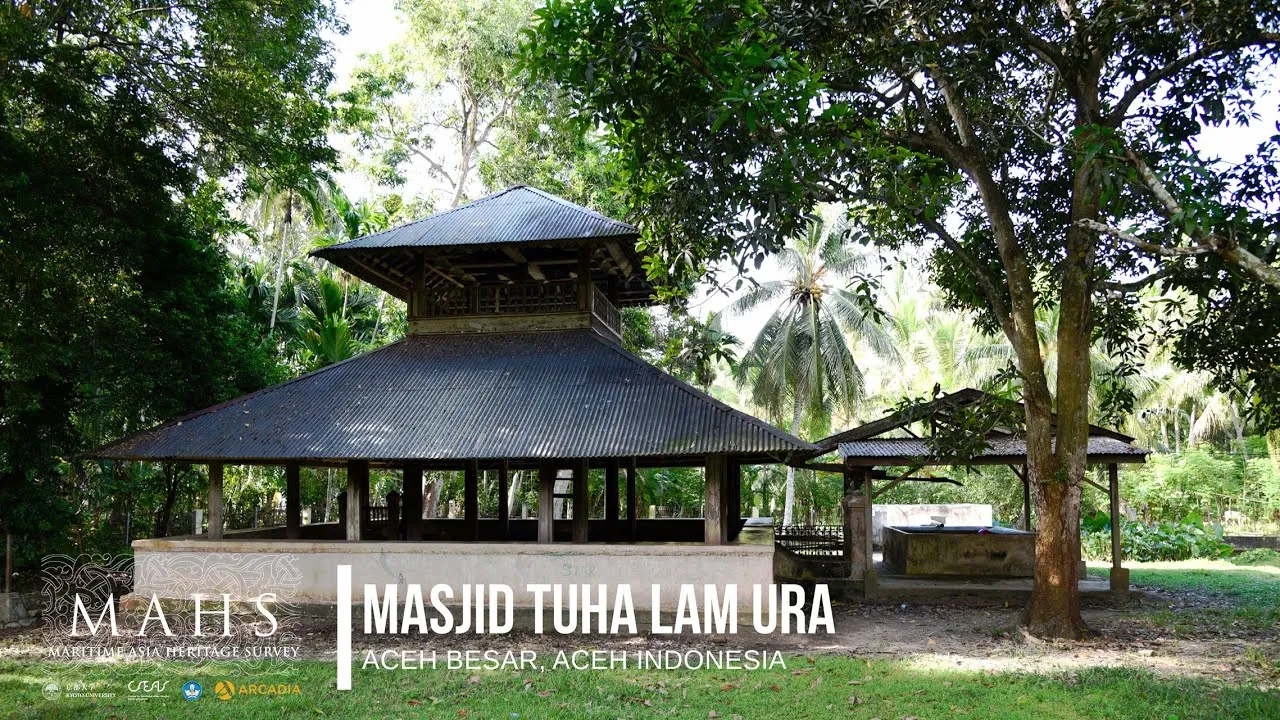
Tuha Lamura Mosque is a community-owned mosque formerly used for daily and Friday prayers before a bigger mosque was built. It was constructed in cooperation with the community (gotong royong) and building materials, such as wood, were obtained from the surroundings. A separate balé was used to rest before entering the mosque; a pond used for ablution water is now filled with garbage.
This interview features H. Razali Zamzam, the caretaker of the mosque.
The full metadata for this oral history interview can be found in the Maritime Asia Heritage Survey database under record MAHS-IDN-ACH-ABS-STG-S-001.
Interviewer : Gregorius Dwi Kuswanta
Videographer/Photographer : Ario Pradipta Wibhisono
Drone : Fauzan Azhima N. Alidoray
Interview Summary : Kota Tanyoe
Editor, Colorist, DoP : Kota Tanyoe, Rinaldi Ad
The Maritime Asia Heritage Survey is based at Kyoto University’s Center for Southeast Asian Studies, under the direction of Professor R. Michael Feener. The MAHS has field survey teams working across multiple countries contributing to the ongoing development of an open-access online archive. Our growing dataset of archaeological sites and historical artifacts from the Maldives, Indonesia, and other countries of the region can be accessed at: https://maritimeasiaheritage.cseas.kyoto-u.ac.jp
3D model can be found on Sketchfab:
https://sketchfab.com/3d-models/masjid-tuha-lam-ura-59bab0afe3c249cfb76…
Follow us on:
MAHS Online Archive: https://maritimeasiaheritage.cseas.kyoto-u.ac.jp/
Facebook: https://www.facebook.com/maritimeasiaheritagesurvey/
Instagram: https://www.instagram.com/maritimeasiaheritagesurvey/
Twitter: https://twitter.com/AsiaSurvey
- 部局
- 分野
- タグ


